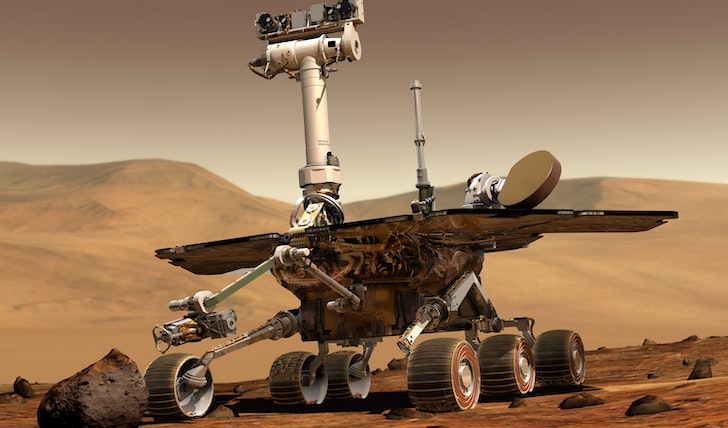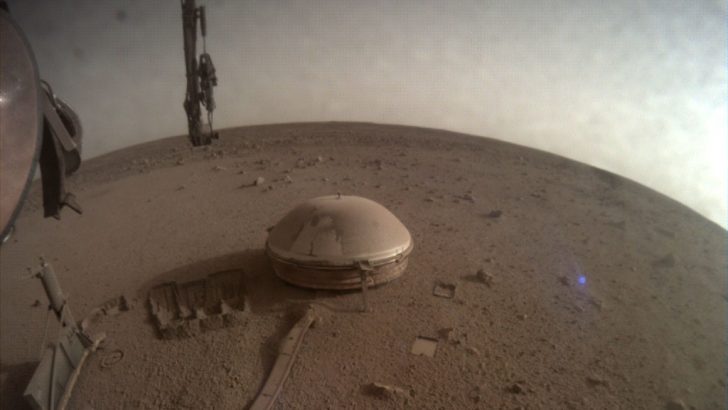NASA has launched a lander to the red planet, Mars, to better understand its composition and history.
Essentially, the InSight (Interior Exploration using Seismic Investigations, Geodesy & Heat Transport) mission is composed of two parts: Firstly, an orbiter that will take images of the surface from above. Secondly, a stationary lander that will study the interior of Mars.

The primary goal of this mission is to explore how Mars evolved geologically over time. To do so, the InSight Lander was designed with three main instruments: HP3 Mole (Heat Flow and Physical Properties Package), SEIS seismometer (Seismic Experiment for Interior Structure), and RISE X-band radio science experiment.
Together, these instruments will allow scientists to measure the temperature, seismic activity, and gravity of Mars. Ultimately, this will allow scientists to probe into Mars and study the planet in great detail.
HP3 Mole
The HP3 mole is a self-hammering device that digs 16 feet (5 meters) into the Martian surface. Thus, this instrument measures heat from inside the planet’s core. Eventually, finding out how much energy is being released from it.
Essentially, the heat gives us an insight into how active Mars has been geologically over time. Plus, it helps us understand what materials make up its core.

SEIS Seismometer
The SEIS seismometer will detect “marsquakes.” Just like an earthquake, it is a vibration in Mars’s surface created by meteorite impacts or volcanic eruptions. These marsquakes give scientists information about the inner structure of the planet.
How? Well, by looking at their sources, speed, and direction, scientists can create an image of Mars’s core and how it is layered. Thus, this groundbreaking step will allow scientists to dig deep into Mars.
RISE X-band radio science experiment
The final instrument on the InSight mission is a RISE (Rotation and Interior Structure Experiment) X-band radio science experiment. This will measure small changes in the curvature of space as Mars rotates around its axis, providing data about its density and composition.
Thus, NASA’s InSight Lander is paving the way for further exploration into Mars’ interior. With this mission, we will gain valuable insight into the formation and evolution of our neighboring planet that cannot be obtained from surface observations.

So, as the InSight mission continues to send back its data, we will be able to learn more about Mars and further understand its formation and history.
Parting Thoughts
NASA’s InSight Lander is an important step forward in our exploration of Mars. With this mission, we can gain crucial insight into the interior structure of the planet. Something that otherwise would not be possible from surface observations alone. And this will bring us one step closer to understanding our next-door neighbor in space.
Thus, this great effort by NASA’s InSight Lander opens up a whole new world of possibilities for scientists and researchers. As many discoveries come to light in the future, we can look forward to an even deeper and more comprehensive exploration of Mars’ interior structure.




